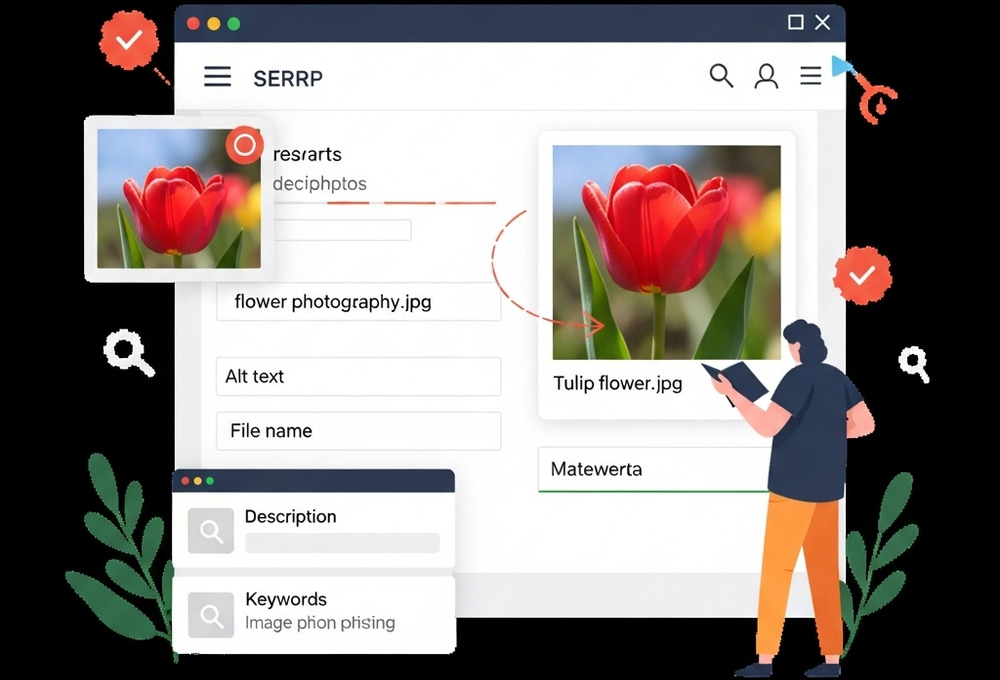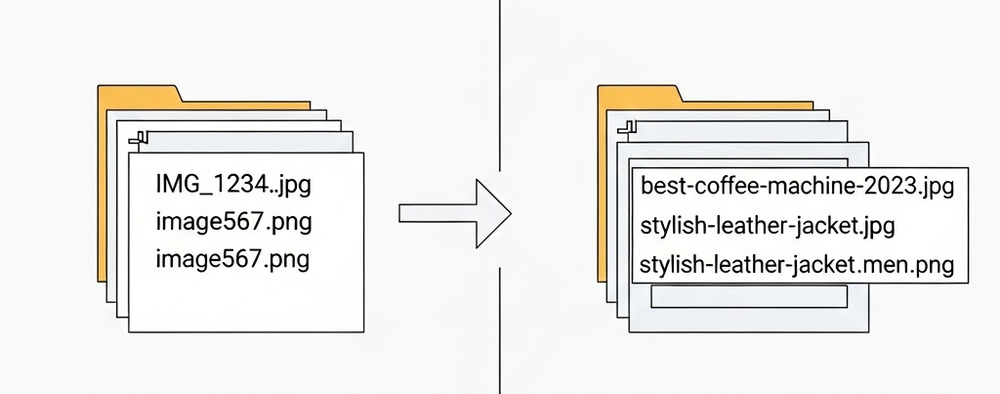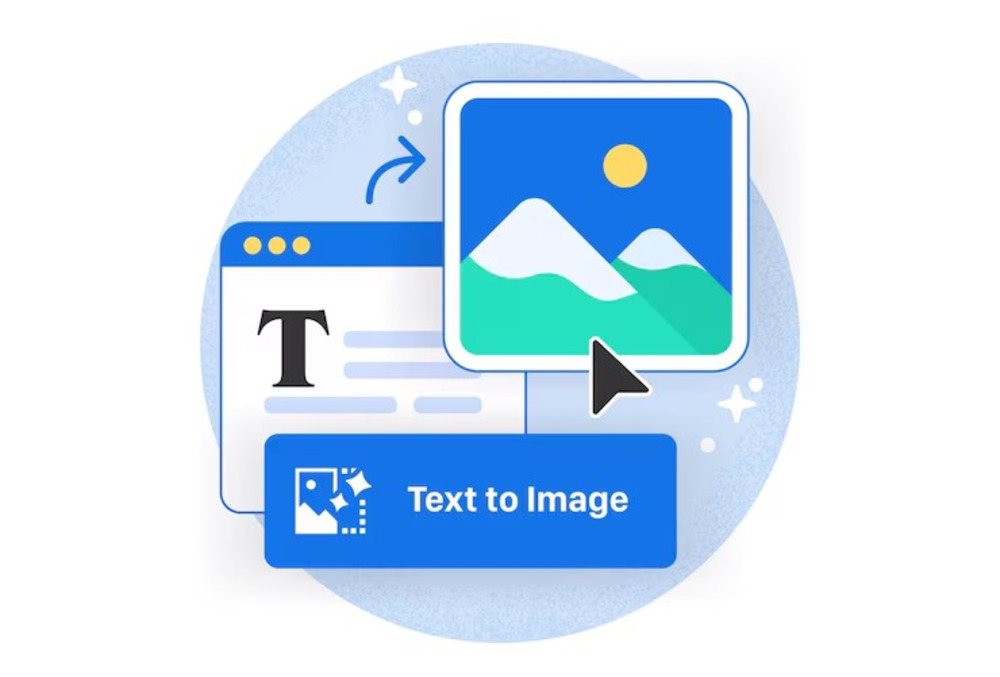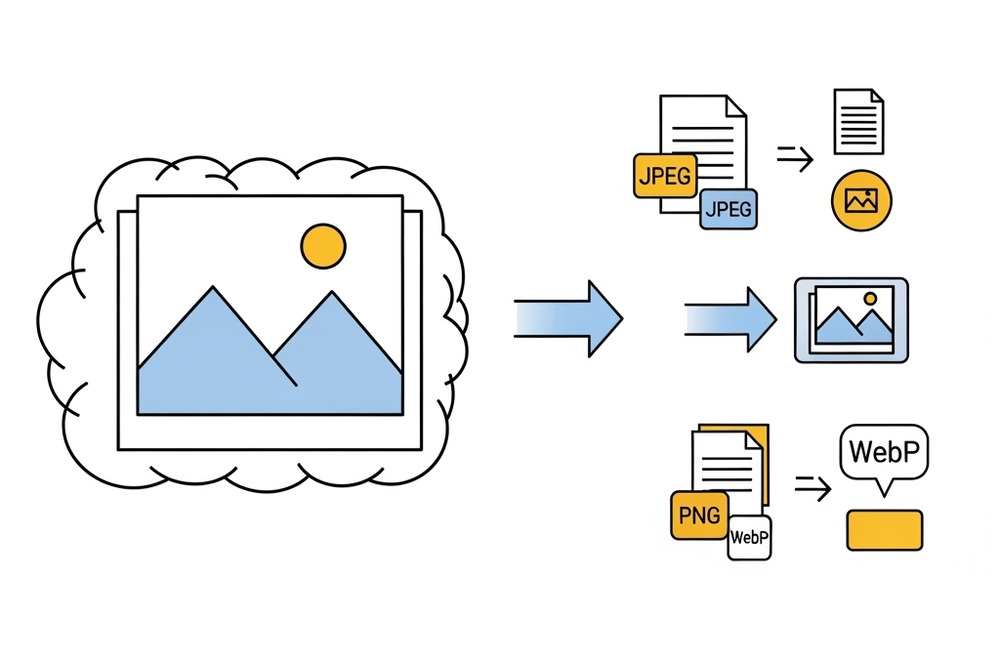Visual content plays a crucial role in driving traffic through search engines. With tools like Google Images and Google Lens becoming central to how users discover information, optimising your images has become a fundamental part of SEO.
They enhance your website’s performance by improving load speed, accessibility, and providing additional opportunities for visibility. This guide will explore how to effectively optimise your images and ensure they contribute to your site’s overall search success.
Table of Contents
Key Takeaways
- Image SEO is essential for improving visibility and driving traffic through search engines.
- Optimising images involves renaming files, adding descriptive ALT text, and choosing the right formats.
- Structured data and image sitemaps enhance search engine indexing and improve rankings.
- Using high-quality, original images and ensuring mobile responsiveness are key to a better user experience and SEO performance.
- As visual search continues to rise, adapting your SEO strategy to include image optimisation is crucial for staying competitive.
What is Image SEO and Why Does It Matter

Image SEO refers to optimising images on your website so they can be discovered and indexed by search engines, contributing to higher visibility in search results.
This involves techniques such as using descriptive file names, adding ALT text, and ensuring proper image formats and sizes.
Importance of SEO Image Optimisation
Optimising images goes beyond just improving aesthetics. Here’s why it’s critical for your website’s success:
| Point | Description |
| Increases Traffic | Well-optimised images appear in Google Image search, driving more organic traffic to your site. |
| Improves User Experience | Fast-loading, properly optimised images enhance website usability and reduce bounce rates. |
| Boosts Accessibility | ALT text helps visually impaired users and improves site accessibility, which can also impact SEO rankings. |
| Enhances Page Load Speed | Compressing images and using the right formats help reduce page load times, which is a ranking factor for search engines. |
| Improves Mobile Experience | Optimising images for mobile devices ensures responsive design, making your site more user-friendly across different screen sizes. |
| Provides Additional Visibility | Images that appear in search engines and visual platforms create additional opportunities for visibility and engagement beyond traditional text-based results. |
Understanding Visual Search
Visual search allows users to search using images instead of text. Tools like Google Lens, Pinterest Lens, and Bing Visual Search use AI to identify objects and provide relevant results based on visual similarity.
This method is particularly popular for product discovery, offering a more intuitive way to find information. As visual search continues to grow, optimising images ensures your content is discoverable in this evolving search landscape.
7 Ways How to Optimise for Image SEO Tips
Follow these key optimisation steps to ensure your images perform well in search results:
1. Rename Image Files

Renaming your image files is an essential first step in optimising image SEO. Use descriptive, keyword-rich filenames that accurately reflect the content of the image (e.g., organic-green-tea.jpg instead of IMG1234.jpg).
It helps search engines understand what the image is about and improves your chances of ranking in relevant image search results. Avoid generic names or long strings of numbers, as they don’t provide any context to search engines or users.
2. Add Descriptive ALT Text

ALT text provides a text description of an image, helping search engines pick up its content. Use clear, concise descriptions that include relevant keywords naturally (e.g., “green ceramic teacup with steam”).
ALT text also improves accessibility for visually impaired users, enhancing overall site usability. Keep it brief and specific, ensuring it accurately reflects the image while adding value to SEO.
Looking to learn more about the importance of ALT text for SEO? Check out this guide on how ALT text can boost your SEO strategy today.
3. Optimise Image Size & Format

Compress images to reduce file size without compromising quality, which boosts page load speed. Choose the correct format for each image—WebP for smaller file sizes and faster loading or JPEG/PNG for high-quality visuals.
Optimised images contribute to a better user experience and meet search engine performance standards, improving SEO rankings.
4. Use Structured Data

Implementing structured data like schema markup gives search engines context about your images. By tagging images with relevant types like Product, Recipe, or VideoObject, you can improve the way they are understood and displayed in search results.
This makes it easier for search engines to present your images in rich snippets, giving them more visibility and increasing the likelihood of higher rankings.
5. Create an Image Sitemap

Including an image sitemap allows search engines to find and index your images efficiently. A dedicated image sitemap provides search engines with a clear map of all your visual content, ensuring no image is overlooked.
It simultaneously increases the chances of your images appearing in search results, improving their reach and driving more traffic to your site.
6. Use Original, High-Quality Images
Using unique, high-resolution images ensures your content stands out. Original images are more likely to be featured in search results as they offer fresh, relevant visuals.
Avoid generic stock photos as they can limit your site’s uniqueness and engagement. High-quality images also enhance user experience, increasing session duration on your site.
7. Ensure Responsiveness
Make sure your images are mobile-friendly by using responsive design techniques. Implementing srcset attributes or CSS media queries ensures images adapt to various screen sizes and devices.
This approach improves load times and user experience, particularly on mobile where most searches occur now.
Conclusion
Optimising images for SEO improves your website’s visibility and performance. Renaming files, adding ALT text, and using the right formats enhance your chances of ranking in search results.
As visual search continues to grow, adapting your strategy ensures your content remains competitive and discoverable.
Want your images to stand out and drive more traffic? Let Newnormz digital marketing help you implement effective image SEO strategies that improve visibility and performance. Contact Newnormz today to get started!






